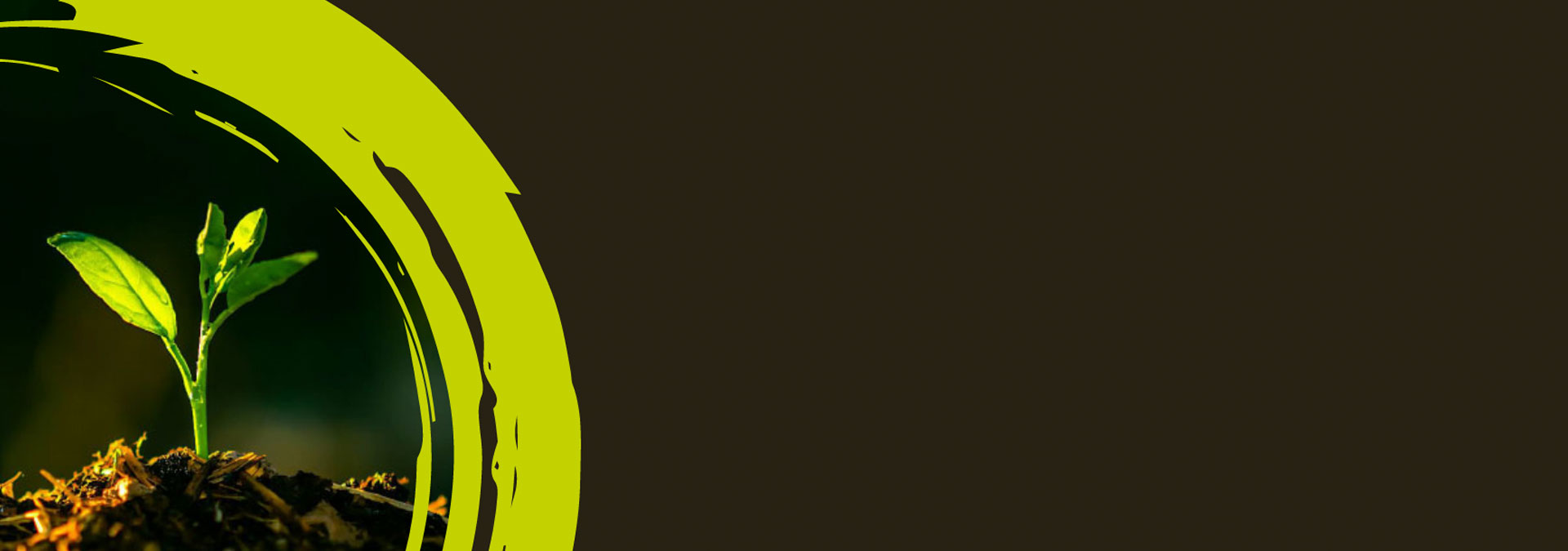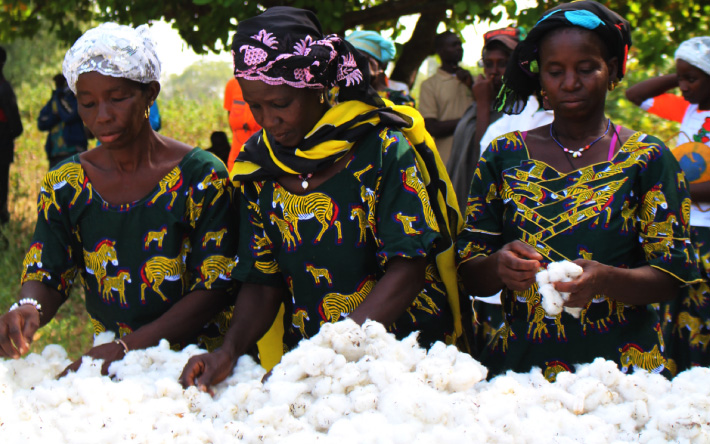Press release
10th Dec, 2025
ofi secures US$1,120 million dual currency loan facility
Singapore
Olam Group Limited (“Olam Group”) announced today that its wholly owned subsidiary, olam food ingredients (“ofi”), a global leader in naturally good food and beverage ingredients, has secured a multi-tranche dual currency (USD & CNH) term loan facility aggregating US$1,120 million (the “Facility”).
The Facility has Olam Treasury Pte Ltd as a Borrower. The Facility is initially guaranteed by Olam Group Limited which would transfer to ofi Group Limited following the planned IPO and demerger of ofi. Proceeds from the Facility will be applied towards refinancing of ofi’s existing loans and general corporate purposes. The Facility has two US Dollar tranches aggregating US$775 million and a CNH tranche of CNH2,415 million (~ US$345 million).
A total of 12 banks participated in the Facility across three tiers:
Senior Mandated Lead Arrangers:
1. Bank of China
2. Industrial and Commercial Bank of China
3. The Hongkong and Shanghai Banking Corporation (HSBC)
Mandate
News
22nd Aug, 2025
Olam Group advances in corporate governance and transparency rankings
We are pleased to receive an improved score of 81.8 in the Singapore Governance and Transparency Index (SGTI) 2025 (2024: 77). The SGTI is a benchmark ranking for Singapore-listed companies and this year its scope of assessment was expanded to incorporate additional sustainability disclosures, including climate reporting. Olam’s score compares with the overall SGTI 2025 score of 70.9 in the general category.
As we continue on our Re-organisation journey to unlock value in Olam for our stakeholders, we will remain true to upholding governance frameworks that support sustainable value creation in line with the evolving expectations of our investors, customers, and communities worldwide.
About the SGTI
The SGTI, jointly conducted by CPA Australia, NUS Business School's Centre for Governance and Sustainability, and the Singapore Institute of Directors, evaluates SGX-listed companies on governance practices and transparency in financial disclosures.
Blog
20th Mar, 2023
Building a Business that Conserves Forests, One Step At a Time
“I have worked in the Congo basin for years, but nothing could have prepared me for the moment when I was just steps away from Buka, who belongs to one of the four groups of habituated silverback gorillas living in the vicinity of our forest concessions in the Congo Basin,” says Vincent Istace, Head of Corporate Responsibility & Sustainability at Congolaise Industrielle des Bois (CIB), an Olam Agri subsidiary.
Personal pictures of Paki Paki taken by Vincent Istace in 2021. © Vincent Istace
“This landscape is ideal for wildlife viewing compared to other natural forests in the area. The forest is more open, making it easier to see and spot gorillas and other wildlife. This feature has made sites such as Mondika one of the world’s most interesting spots for the study of great apes.
It may surprise some to hear that critical gorilla and chimpanzee habitats around the buffer zones of Nouabale-Ndoki National Park, are also where sustainable timber harvesting is practiced.”
Forest




